Link About This: Your Brain On Fiber & More
July 29, 2013
 1) Fabric On The Brain (There’s A Museum for This?!)
1) Fabric On The Brain (There’s A Museum for This?!)
The Museum of Scientifically Accurate Fabric Brain Art is billed as the world’s largest collection of “anatomically correct” works in “fabric” on this human body part. It has some wonderful – and startling – images, using traditional rug hooking, quilting, appliqué, embroidery, beadwork, knitting and crochet.
The curator stresses that while the artists strive for accuracy, they “cannot accept responsibility for the consequences of using fabric brain art as a guide for functional magnetic resonance imaging, trans-cranial magnetic stimulation, neurosurgery, or single-neuron recording.”
Find out more about this online “museum” and its curator on Jezebel, the irreverent women’s general interest website, at jezebel.com/5113553/soft-in-the-head
2) Get Lost in Lace
Lost in Lace was an exhibition at Birmingham Museum and Art Gallery in England last year (2012).
This review on Domus online (the Italy-based international magazine on architecture, art & design) at www.domusweb.it/en/news/2011/11/03/lost-in-lace provides a taste of this “immersive and multi-sensory experience” which showcased many unexpected scientific processes, like Alessia Giardino’s photo-catalytic concrete works on which the lace-like pattern develops through exposure to airborne pollution.
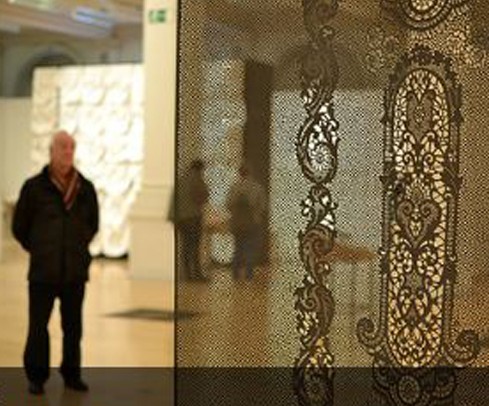 Domus/web offers exceptional photos of the exhibition – plus there’s a link to a mesmerizing 6-minute time lapse installation video of Chiharu Shiota’s work After the Dream, which you can click to on YouTube here. (You can view a smaller vimeo version via the artist’s page link, above).
Domus/web offers exceptional photos of the exhibition – plus there’s a link to a mesmerizing 6-minute time lapse installation video of Chiharu Shiota’s work After the Dream, which you can click to on YouTube here. (You can view a smaller vimeo version via the artist’s page link, above).
For more detailed descriptions of the artists’ works and methods, check out Lost in Lace dedicated site at www.lostinlace.org.uk/. There you’ll find a list of the artists (just one photo each) along with good background information.
3) A Japanese Textile-A-Day Keeps Boredom Away
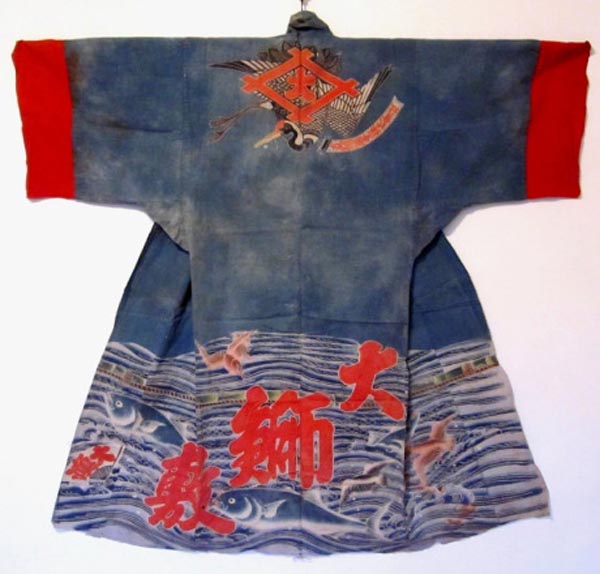 Daily Japanese Textile at dailyjapanesetextile.wordpress.com was a 1-year project in 2012. I missed out on getting it day by day then, but the whole year’s worth of detailed images and great information is still available. It’s a textile treasure trove at the click of a mouse.
Daily Japanese Textile at dailyjapanesetextile.wordpress.com was a 1-year project in 2012. I missed out on getting it day by day then, but the whole year’s worth of detailed images and great information is still available. It’s a textile treasure trove at the click of a mouse.
The link takes you to the home page. Scroll down a little to find the final post from January 1, 2013. (Navigating the archives is a bit tricky, and I found the easiest way is to go back through the year from the last December entry to January 1, 2012.)
Keep scrolling down and after about 10 entries, you’ll see a calendar with a little gray box above it that says “older entries.” Click on that whenever you see it to add 10 additional daily items with each click.
You can then scroll through fairly quickly – picking out the entries that interest you. 365+ items comprise a collection that spans 200 years and represents all facets of Japanese society.
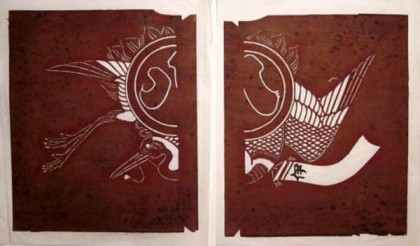 Some particularly engaging topics are ikat traditions and techniques, and examples of stenciling as well as of paper stencils (made of 2 layers of recycled paper with threads sandwiched between the layers, allowing design elements to be free-floating).
Some particularly engaging topics are ikat traditions and techniques, and examples of stenciling as well as of paper stencils (made of 2 layers of recycled paper with threads sandwiched between the layers, allowing design elements to be free-floating).
There’s lots of background detail, as well as historical clothing designs, banners and full-size cartoons for banners plus a few pieces from contemporary designers. Also included are some thoughts about 20th century Western influences on Japanese textile design.
4) Enchanted by Ikat
SDA Member Ann Roth cites Daily Japanese Textile, described above, as an influence on her work – along with the chance to travel in Uzbekistan.
Ann Roth: Planned and Unplanned is a among many maker profiles featured on Textile Study Group of New York‘s blog at tsgnyblog.org/index.php/2012/06/ann-roth. Presented in interview format, the text takes us through her process with lots of good, clear photos and explanations of her unusual methods.
She weaves with dyed cloth strips, using shibori as well as ikat to pattern the pieces, which are done in plain weave. The illustrations on her own website at www.annrothtextiles.blogspot.com aren’t quite as detailed, but there are some excellent installation shots that give us an idea of the scale of her work.
5) 12 Tone Tapestry
Click on Joyce Hayes‘ website (also an SDA member) at www.joycehayestapestry.com to see The Musical Series – my favorite work on her website.
She describes this series as “… always a surprise” perhaps because she designed and wove them using color guidelines that she devised “using math and the twelve tones of the western classical scale.”
Click on Writings at the top to read excellent (fuller) descriptions of her musical tapestries. Embracing Fine Threads describes her choice of small scale work (with cotton sewing thread as weft). Landscapes to Chance describes how music – and chance (a creative methodology first associated with John Cage -Ed.) is reflected in her current work.
She writes: The dynamics of a musical piece influence how I think about a tapestry and help me determine if a piece will have a lot of open space or be very dense, be quiet or loud, or a crescendo that quietly fades away. Will the rhythm of the piece be a precise allegro or a subtle legato?
6) Narrative Tapestry with Ab/Ex Flavor
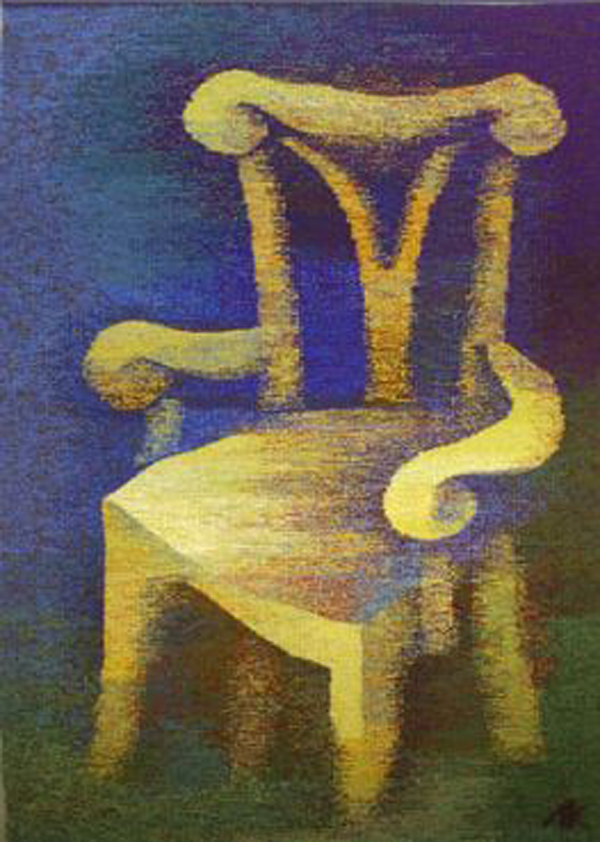 When you click to Anna Kocherovsky’s website at www.tapestrystudio.com you’ll find tapestries full of the “costumes, characters, stories, brilliant colors” that led her to this textile medium.
When you click to Anna Kocherovsky’s website at www.tapestrystudio.com you’ll find tapestries full of the “costumes, characters, stories, brilliant colors” that led her to this textile medium.
Besides the galleries of current & archived work you can explore from the top of the homepage, I recommend reading the article The Search For My Own from the June 2013 issue of Tapestry Weaver. (Scroll down to the bottom for the link to it.)
She describes how strong emotions in the work of abstract expressionists Franz Kline, Joan Mitchell, Helen Frankenthaler and Marc Rothko influence her visual language.
____________________________________
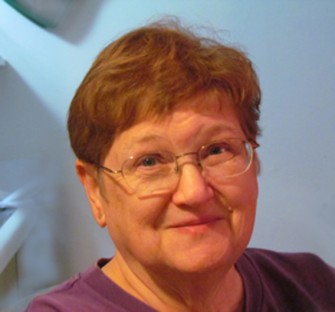 Mickie McCormic specializes in image transfer onto fabric; her art quilts using the technique have been accepted into national quilt shows. She has taught dyeing and transfer techniques on US West Coast for 14 years – having recently moved from Oregon to California. Her 2nd year as an artist-in-residence at Mendocino Art Center will start September 2013.
Mickie McCormic specializes in image transfer onto fabric; her art quilts using the technique have been accepted into national quilt shows. She has taught dyeing and transfer techniques on US West Coast for 14 years – having recently moved from Oregon to California. Her 2nd year as an artist-in-residence at Mendocino Art Center will start September 2013.
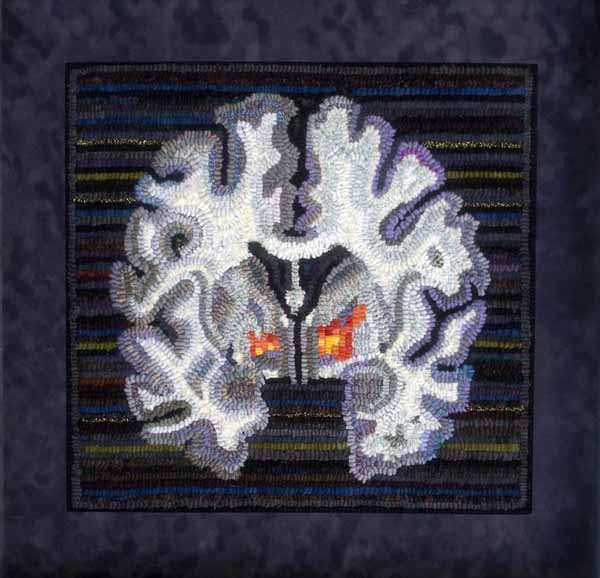
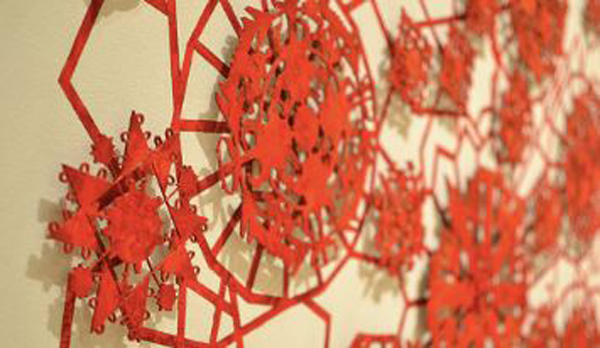
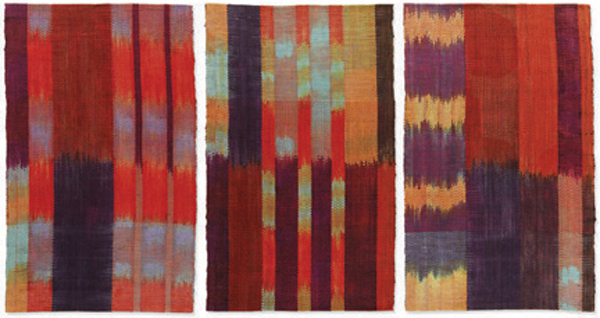



Related Blog Articles
Exhibitions
“Beyond the Surface: SDA 2019 Conference” by Mary Elmusa, Kansas member
Exhibitions
Friday Fibers Roundup: Entertainment & Fashion
Exhibitions
Friday Fibers Roundup: Craft & Color